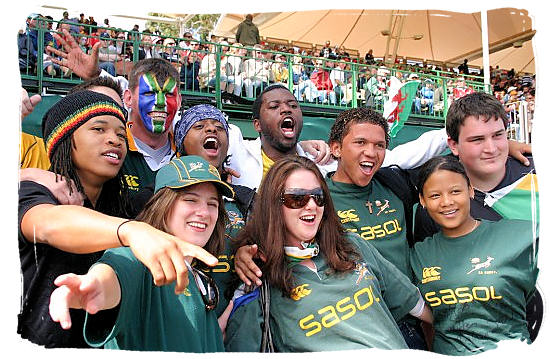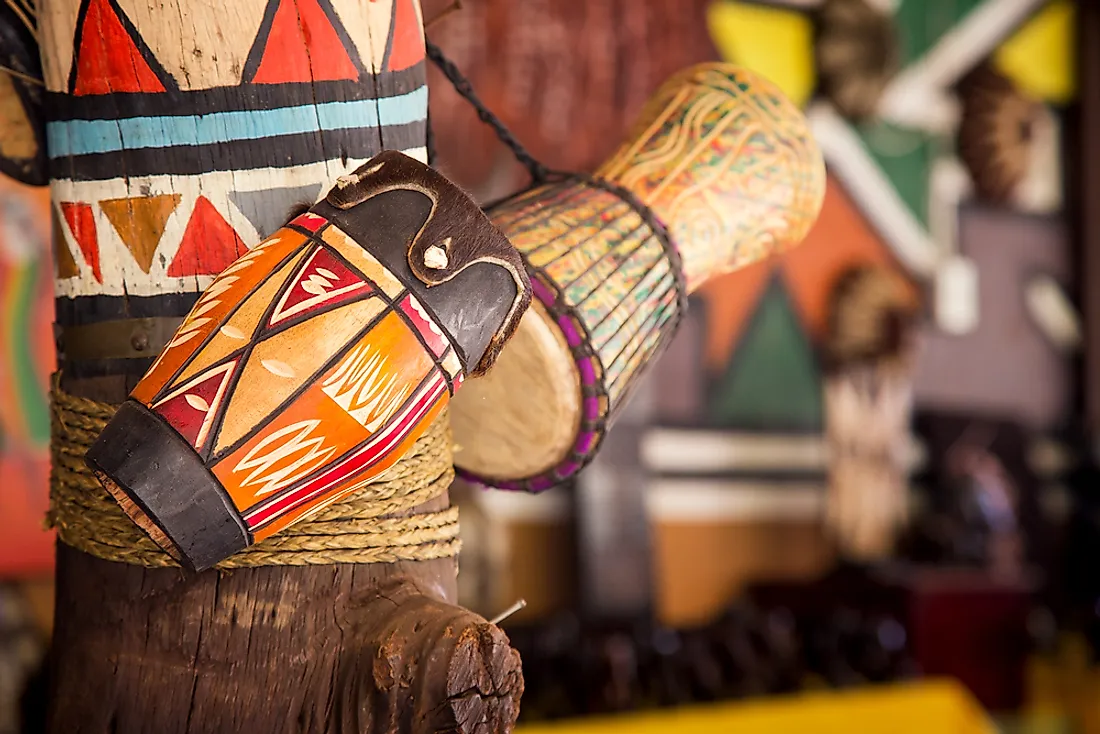All about South African Culture Today
All about South African Culture Today
Blog Article
South African Culture Today Fundamentals Explained
Table of ContentsGetting My South African Culture Today To WorkFascination About South African Culture TodayThe Ultimate Guide To South African Culture TodaySouth African Culture Today Things To Know Before You Get ThisHow South African Culture Today can Save You Time, Stress, and Money.South African Culture Today - Truths
This follows with singing and drum pounding. The couple after that meet with the senior citizens and speak about the relevance of their union. A matter of relevance in Zambian villages is the passing away of liked ones. All participants of the village put money, time and initiative with each other for the funeral of the deceased.Throughout the grieving period; men stay outside your house and the ladies remain inside your home of the deceased. After speaking about the deceased, the town walks to the place of funeral to claim their last farewells. Songs and dancing is an extremely essential aspect of the Zambian culture. The various tribal devices have their very own dancing forms; nonetheless, makishi is common amongst all people.
The 3-Minute Rule for South African Culture Today
When it involves songs, drums are used one of the most, with a selection of drumming events. In Zambia, majority of the people are Christian; Protestant and Roman Catholic. There are small groups of Muslims and Hindus, with the remainder adhering to local native tribal ideas.

South African heritage and culture is exceptionally diverse, and contains several teams of individuals who each have their own customs and ideas. Having such a variety of individuals and cultures is what makes South Africa so unique. In the real sense of the expression, we are a rainbow country.
South Africa has around three hundred thousand Portuguese individuals staying in it. Making it the 7th on the list of nations with the most Portuguese individuals in it beyond Portugal. Portuguese is not only a society, however it is likewise a language and a citizenship. Portuguese individuals stem from the nation of Portugal in Europe, nevertheless, because of Portugal (like numerous various other countries in Europe) discovering the world and conquering other countries throughout the 15th 20th centuries, South Africa has what we call Portuguese South African's living in it.
Little Known Facts About South African Culture Today.
Amongst the noticeable features of the topography is a plateau that covers almost 2 thirds of the facility of the nation. The plateau complex climbs toward the southeast, where it culminates in the Drakensberg range, part of an escarpment that divides the plateau from the seaside locations. The Drakensburg consists of Sparkling wine Castle, the greatest peak in the nation.
The region north of the Witwatersrand, called the bushveld, inclines downward from eastern to west toward the Limpopo River, which creates the international boundary. The western area of the plateau, the middleveld, also descends towards the west and differs in altitude between the highveld and bushveld. Between the Drakensburg and the eastern and southern coastline, the land descends to the sea.
Nearer the coast there is a low-lying plain called the eastern lowveld. Southwest of the plateau the nation becomes gradually much more dry, giving method to the stony desert of the Great Karroo, verged on the east by the reduced, much better watered plateau of the Little Karroo. Separating the dry southern interior from the sandy coastal of the southerly coast and West Cape is one more range, the Langeberg.
How South African Culture Today can Save You Time, Stress, and Money.
The nation's racially, ethnically, and politically divided background has actually produced nationwide and subnational signs that still function as symbols of the nation, and others signs that are accepted only by specific groups. The monuments to white inhabitant occupation and political supremacy, such as the Afrikaner Voortrekker ("leader") Monument in Pretoria and the Rhodes Monument honoring the British colonial empire home builder and Cape head of state Cecil Rhodes, continue to be sectarian symbols.
The first contemporary occupants were the San ("bushman") hunter-gatherers and the Khoi ("Hottentot") individuals, who herded livestock (South African culture today). The San may have existed for countless years and left evidence of their presence in thousands of ancient cave paints ("rock art"). Bantu-speaking clans that were the forefathers of the Nguni (today's amaZulu, amaXhosa, amaSwazi, and vaTsonga individuals) and Tswana-Sotho language teams (today's Batswana and Southern and Northern Basotho) migrated down from east Africa as early as the fifteenth century

The two former republics of the Orange Free State and Transvaal (South African Republic) were developed by Afrikaner settlers that defeated and dispossessed the Basotho and Batswana. Lesotho would certainly have been forcibly incorporated into the Orange Free State without the extension of British protection in 1869. The best marriage of the country resulted from the South African War (18991902) between the British and the 2 Afrikaner republics, which lowered the nation to wreck at the start of the twentieth century.
Afrikaners historically considered themselves the just true South Africans and, look at this website while granting full citizenship to all residents of European descent, denied that status to individuals of color up until the democratic transition of 1994. British South Africans maintain a feeling of cultural and social link to Great Britain without weakening their identification as South Africans.
South African Culture Today Fundamentals Explained
The variety and fragmentation within ethnic groupings and the equilibrium of tensions between those groups throughout the twentieth century protected against interethnic civil conflict. While intergroup stress over resources, entitlements, and political dominance stay, those problems are as most likely read more to pit Zulu versus Zulu as Zulu versus Xhosa or African versus Afrikaner.
From colonial India, British vendors and managers brought the bent metal decorative roofing systems and slim lace work pillars that still symbolize the verandas of cottages arounds and cities throughout the nation. Holy places contribute an essential architectural aspect even in the tiniest communities. Along with the skyrocketing steeples and classic stonework of Afrikaans Dutch Reformed churches, Anglican churches, synagogues, mosques, and Hindu shrines supply range to the spiritual architectural scene.

Butchering and the brewing of typical grain beer are important in protecting the involvement and goodwill of the forefathers who are taken into consideration the guardians of excellent lot important link of money, success, and health. Indian areas keep their indigenous culinary traditions and apply them on Islamic and Hindu routine and ceremonial celebrations. Afrikaners and Coloured people collect at weekends and unique events at multifamily bbqs called braais, where neighborhood bonds are reinforced.
Since this was the key financial enterprise of both black Africans and white homesteaders, problem between those groups fixated the possession of grazing land and animals. In 1867, the largest diamond deposits in the globe were discovered at Kimberley in the west main area. The wide range from those fields aided fund the exploitation of the biggest gold reef on the planet, which was found on the Witwatersrand in 1886.
The Ultimate Guide To South African Culture Today
This caused misunderstandings and intentional misrepresentation in the negotiations of white settlers and federal government authorities with African chiefs during the early american period (South African culture today). In the establishment of African gets, some aspects of communal and chiefly "tribal count on" land period were maintained, and even in white backwoods, types of public tenure were still exercised in locations with African neighborhoods
After the autonomous improvement of 1994, programs for land restitution, redistribution, and reform were set up, but development has actually been sluggish. The white minority still regulates eighty percent of the land. Following farming land intrusions in Zimbabwe, the Department of Land Affairs has pledged to speed land redistribution.
Report this page